Mapping out colour’s evolution at virtual Collective Design Fair
Inside the Frieze Viewing Room (8-15 May), find Collective Design Fair’s exhibition ‘Color and Production: From the Atom to the Void’ – adapted and bought to life through augmented reality
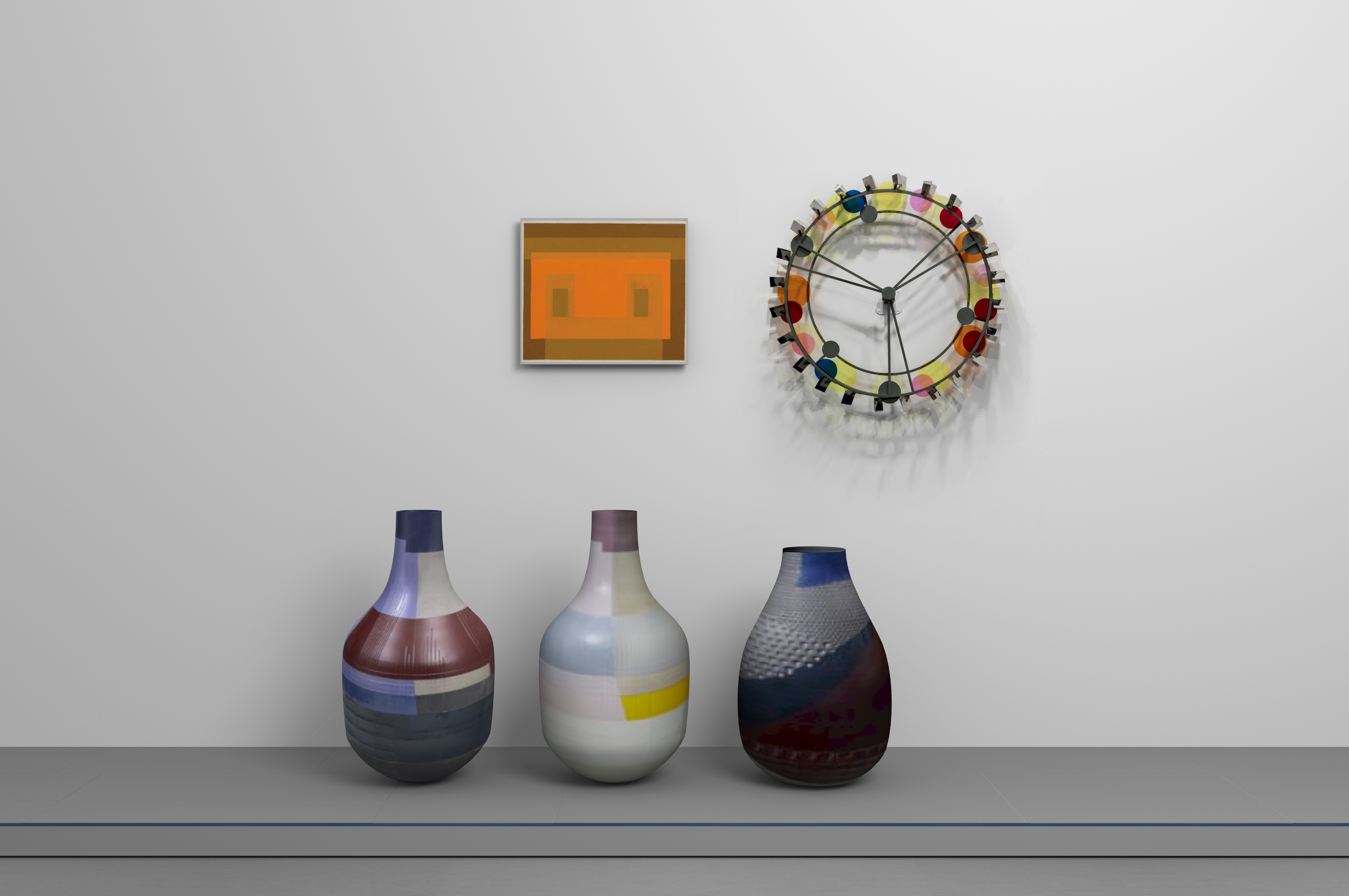
With the swift cancellation of all the spring art and design fairs around the world, the race to adapt things to the digital realm has been equally intense, particularly in the lucrative art world. This week, Frieze unveils an ambitious new digital initiative, Frieze Viewing Room, dedicated to the fair’s New York edition, which would have taken place from 8-15 May. Alongside the creation of the all-new platform, which enables viewers to enter over 200 virtual viewing room spaces aided by augmented reality technology, Frieze has remained true to its already scheduled programming, including a collaborative exhibition with Collective Design Fair, curated by Libby Sellers.
Entitled ‘Color and Production: From the Atom to the Void’, the exhibition showcases historical, modern and contemporary artworks and design objects to trace the developments of colour in both disciplines.
‘I was interested in how technology has impacted the course of both art and design through history and believed that focusing on colour would be an impactful way to explore this overlap,’ explains Collective Design Fair founder Steven Learner about developing the show's theme. ‘Given the strong academic and curatorial DNA of Frieze, I knew that our presentation needed to be more than a booth of beautiful objects; it required a thesis. I invited Libby to collaborate with me and she refined the direction, bringing her curatorial eye and academic rigor to the exhibition.’
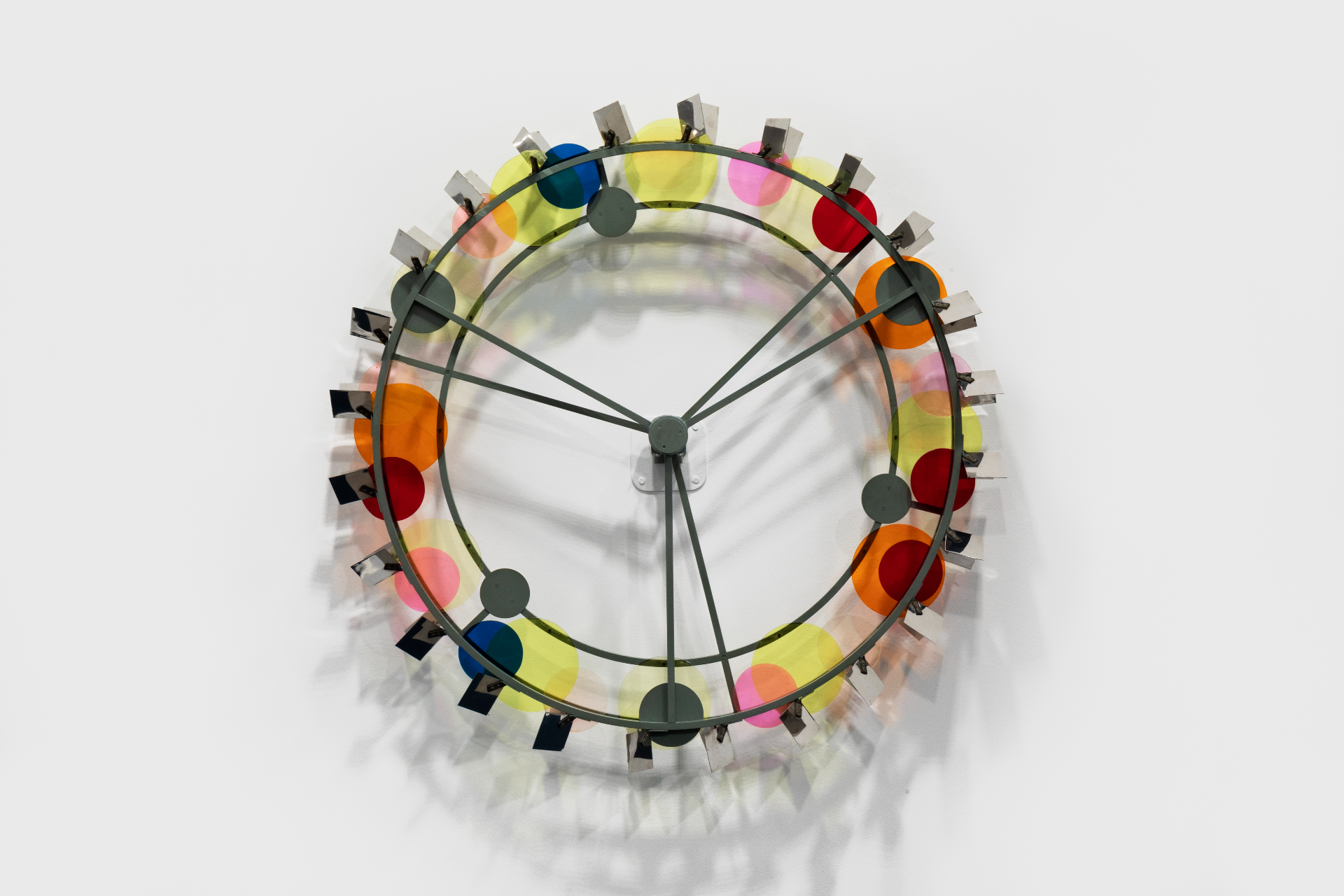
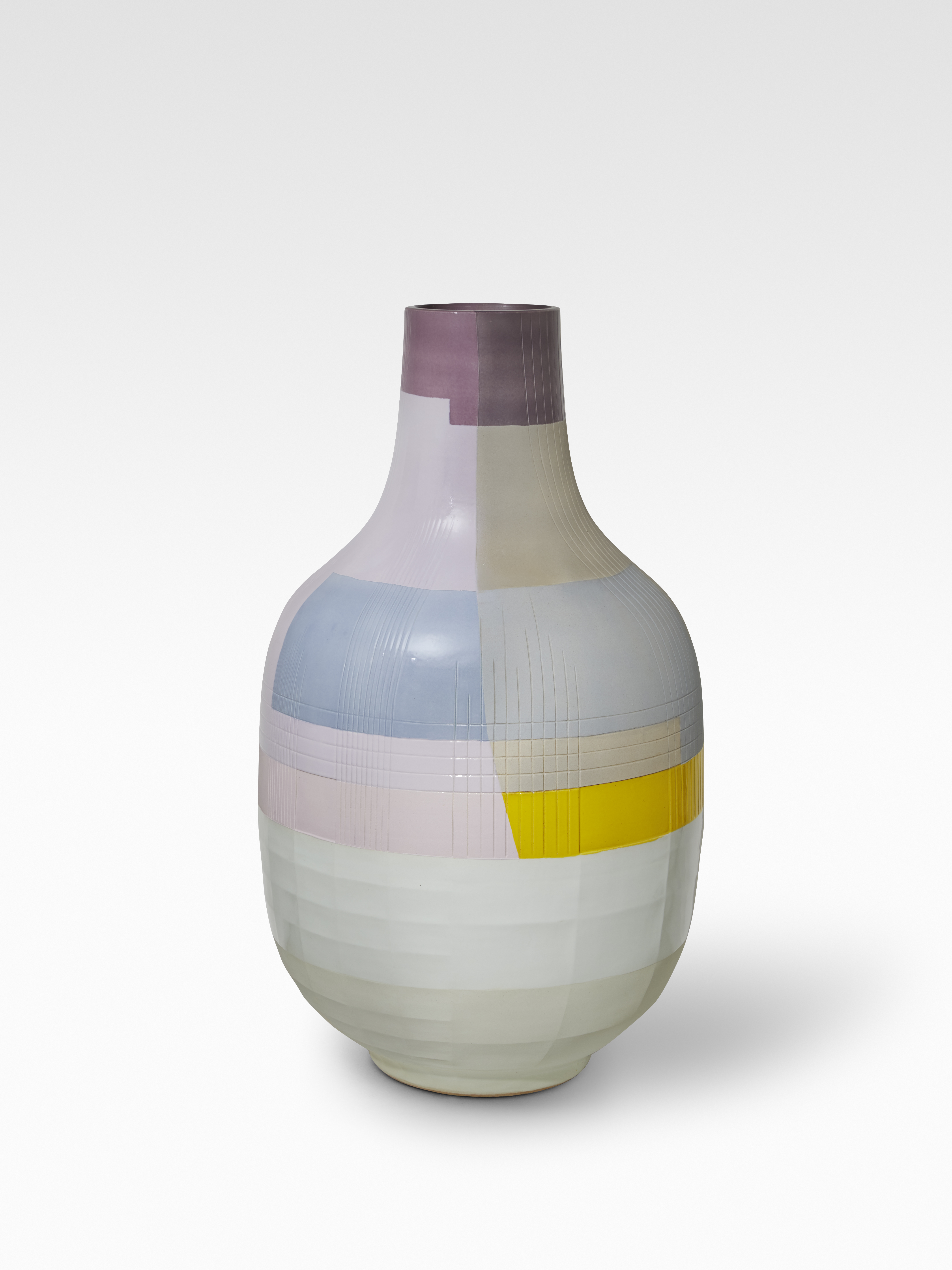
Above, Fontana a Ruota by Bruno Munari, 1958. . Below, Facet Bottle#3 by Hella Jongerius, 2019.
The materiality of colour
Sellers tackled the mammoth theme by dialing into the aspect of materiality made possible when colour is used in a work. The study of materials is central to design practice and history, yet has conventionally been sidelined in critical art theory,’ she explains. ‘Though as artists, scholars, critics and curators turn their attention to the “stuff of this world,” materiality is once again gaining in traction.’
She continues, ‘It seemed fitting to give agency back to colour by treating it as a prime material in its own right – and so I sought works in which the colour enabled conversations about colour production, material science, technology’s influence, rather than surface application. Starting with works that engage with colour charts, it moves through how colour may be deployed, detached, and liberated from such charts and theories through pigment, plastics, inert gasses, digital technologies and natural colorants.’
When the exhibition was initially conceived, the plan was to have the artworks and design objects displayed within the main Frieze tent in an installation designed by the Mexican multi-disciplinary designer Emiliano Godoy. Visitors would have entered a series of disparate spaces in a non-chronological sequence according to Sellers’ themes, which included ‘Pigment’, ‘Standardised and Non-Standardised Colour’, ‘Plastics & Petrochemicals’ and ‘Glass and Contemporary Alternatives’.
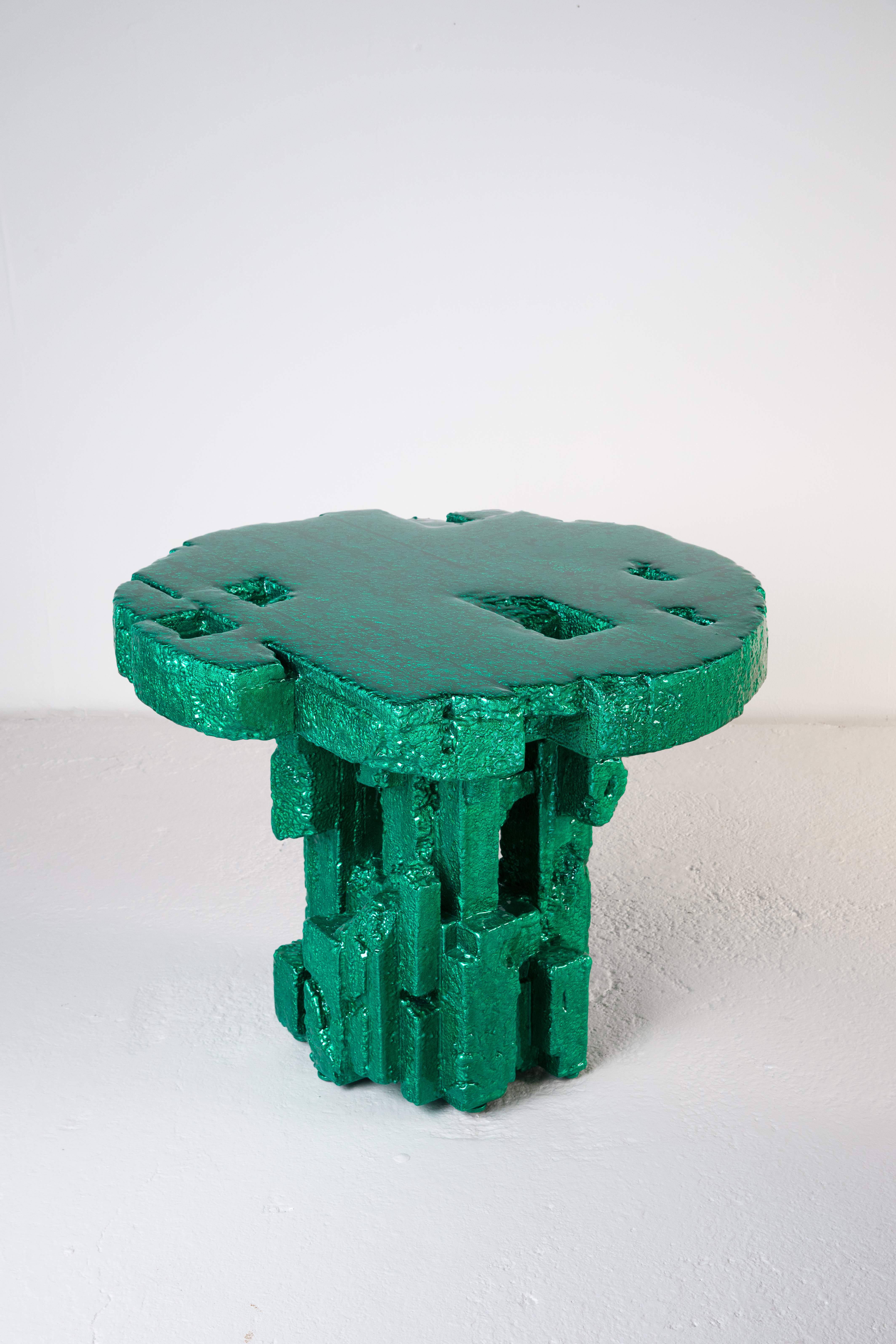

Above, Spore by Chris Schanck for Friedman Benda. Below ROYAL Chaise_Dormeuse by Nathalie du Pasquier, 1983.
Virtual viewing room
Following the physical fair’s cancellation, Sellers reorganised the works into three rooms within the main Frieze Viewing Room. The first, ‘Mapping’, charts colour's use both ideologically and in nature, and includes a literal mapping of colour theories. The second ‘Matter’ focuses on the substances used to make art, ranging from pigment derived from inert gases, glass, ceramic and plastics to pre-industrial matter, while the third room ‘Material’, presents the role of production and manufacturing in expanding the use of colour.
It seemed fitting to give agency back to colour by treating it as a prime material in its own right
Libby Sellers
‘Despite the tragedy that has created this shift in presentation, this digital platform strangely offers benefits as we certainly will reach a more diverse and broader global audience than we would have physically,’ Learner reflects. ‘We are presenting a version of the original experience, which viewers can follow in a more linear fashion, room by room, seeing key pairings and themes as Libby envisioned them.’

Cabinet de Curiosite by Shiro Kuramata, 1989.
With pieces from legendary figures, such as Anni Albers and Josef Albers, Dan Flavin and Sheila Hicks, as well as contemporary talents, like Formafantasma and Chris Schanck, the show does not lack for any highlights.
‘Fortunately all the galleries we were working with continued to support the exhibition and helped enhance the experience through imagery,’ Sellers shares. ‘Alongside more contextual written information, visitors to the Frieze Viewing Rooms will be able to use augmented reality to virtually view artworks, to scale and upon their own walls. TUUX are also created renderings of a select groups of works to help bring scale and tangibility to the digital platform.’ In lieu of being able to see the works in person, the result still forms a compelling substitute for the New York fair.
INFORMATION
‘Color and Production: From the Atom to the Void’ 8–15 May, on Frieze Viewing Room
Receive our daily digest of inspiration, escapism and design stories from around the world direct to your inbox.
Pei-Ru Keh is a former US Editor at Wallpaper*. Born and raised in Singapore, she has been a New Yorker since 2013. Pei-Ru held various titles at Wallpaper* between 2007 and 2023. She reports on design, tech, art, architecture, fashion, beauty and lifestyle happenings in the United States, both in print and digitally. Pei-Ru took a key role in championing diversity and representation within Wallpaper's content pillars, actively seeking out stories that reflect a wide range of perspectives. She lives in Brooklyn with her husband and two children, and is currently learning how to drive.
-
 Stay at this 17th-century farmhouse featured in ‘Hamnet’
Stay at this 17th-century farmhouse featured in ‘Hamnet’Inspired to live like a Tudor? Cwmmau Farmhouse, available as a holiday let through the National Trust, stars as the childhood home of Shakespeare’s wife, Agnes
-
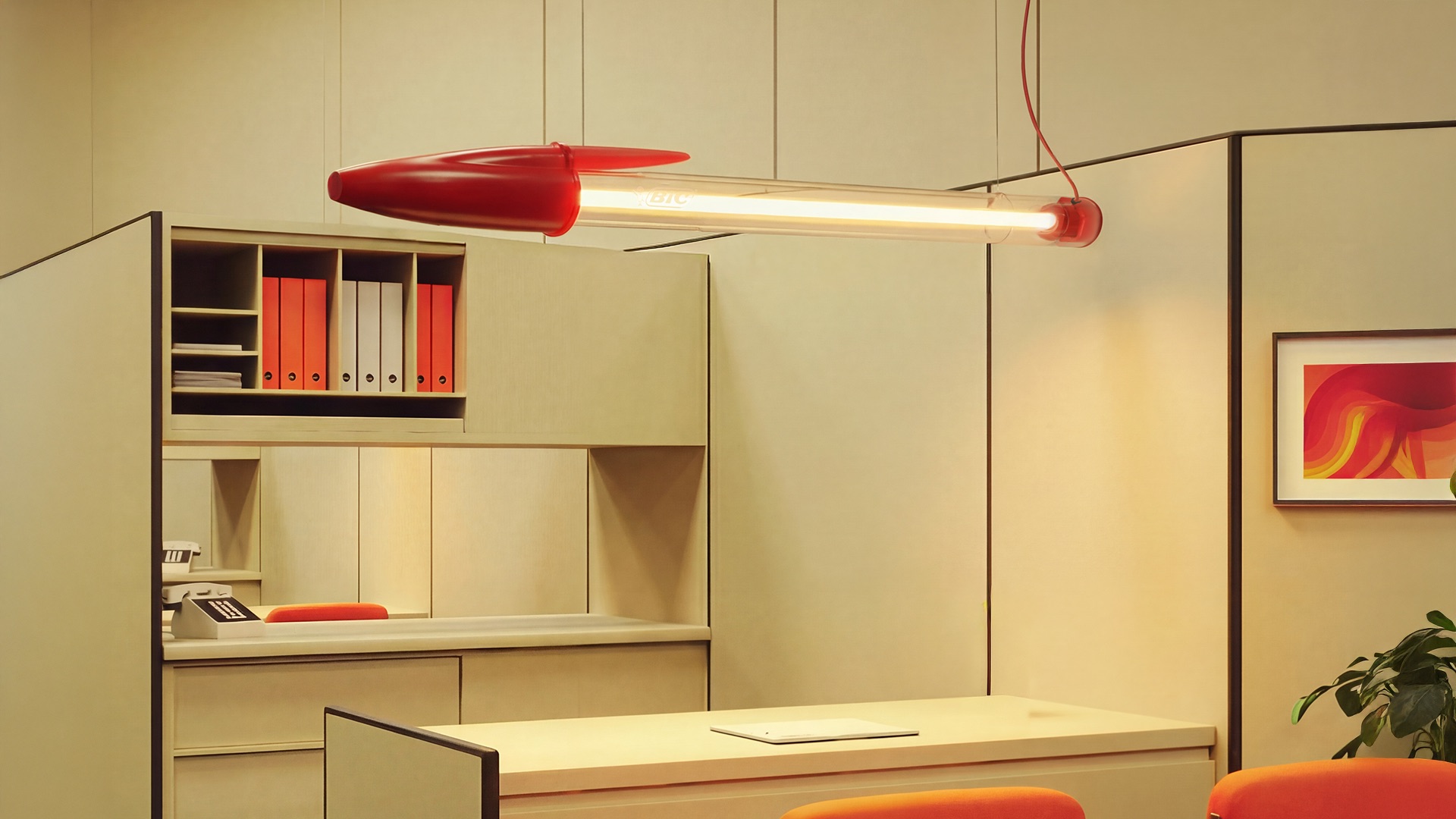 Remember the Bic Biro? It’s now a larger-than-life lamp
Remember the Bic Biro? It’s now a larger-than-life lampSeletti honours the iconic Bic pen on its 75th anniversary with a gigantic, luminous reproduction of its design
-
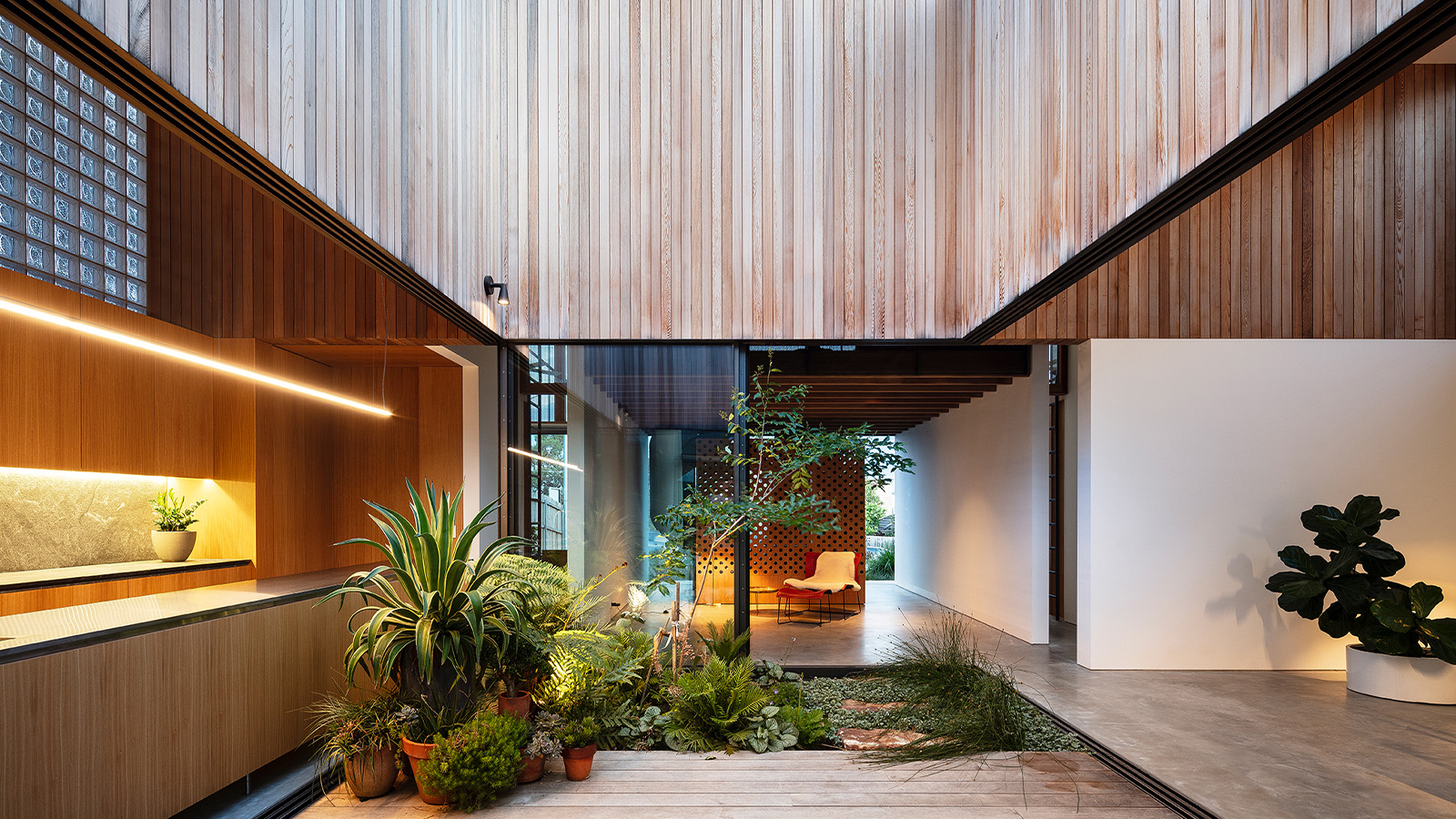 Tour these soothing courtyard homes around the world
Tour these soothing courtyard homes around the world‘Courtyard Homes’, a new book published by Phaidon, explores some of the most innovative interpretations of the genre, from Hawaii to south-east London
-
 Out of office: The Wallpaper* editors’ picks of the week
Out of office: The Wallpaper* editors’ picks of the week'Tis the season for eating and drinking, and the Wallpaper* team embraced it wholeheartedly this week. Elsewhere: the best spot in Milan for clothing repairs and outdoor swimming in December
-
 Nadia Lee Cohen distils a distant American memory into an unflinching new photo book
Nadia Lee Cohen distils a distant American memory into an unflinching new photo book‘Holy Ohio’ documents the British photographer and filmmaker’s personal journey as she reconnects with distant family and her earliest American memories
-
 Out of office: The Wallpaper* editors’ picks of the week
Out of office: The Wallpaper* editors’ picks of the weekIt’s been a week of escapism: daydreams of Ghana sparked by lively local projects, glimpses of Tokyo on nostalgic film rolls, and a charming foray into the heart of Christmas as the festive season kicks off in earnest
-
 Ed Ruscha’s foray into chocolate is sweet, smart and very American
Ed Ruscha’s foray into chocolate is sweet, smart and very AmericanArt and chocolate combine deliciously in ‘Made in California’, a project from the artist with andSons Chocolatiers
-
 Inside the work of photographer Seydou Keïta, who captured portraits across West Africa
Inside the work of photographer Seydou Keïta, who captured portraits across West Africa‘Seydou Keïta: A Tactile Lens’, an exhibition at the Brooklyn Museum, New York, celebrates the 20th-century photographer
-
 Out of office: The Wallpaper* editors’ picks of the week
Out of office: The Wallpaper* editors’ picks of the weekFrom sumo wrestling to Singaporean fare, medieval manuscripts to magnetic exhibitions, the Wallpaper* team have traversed the length and breadth of culture in the capital this week
-
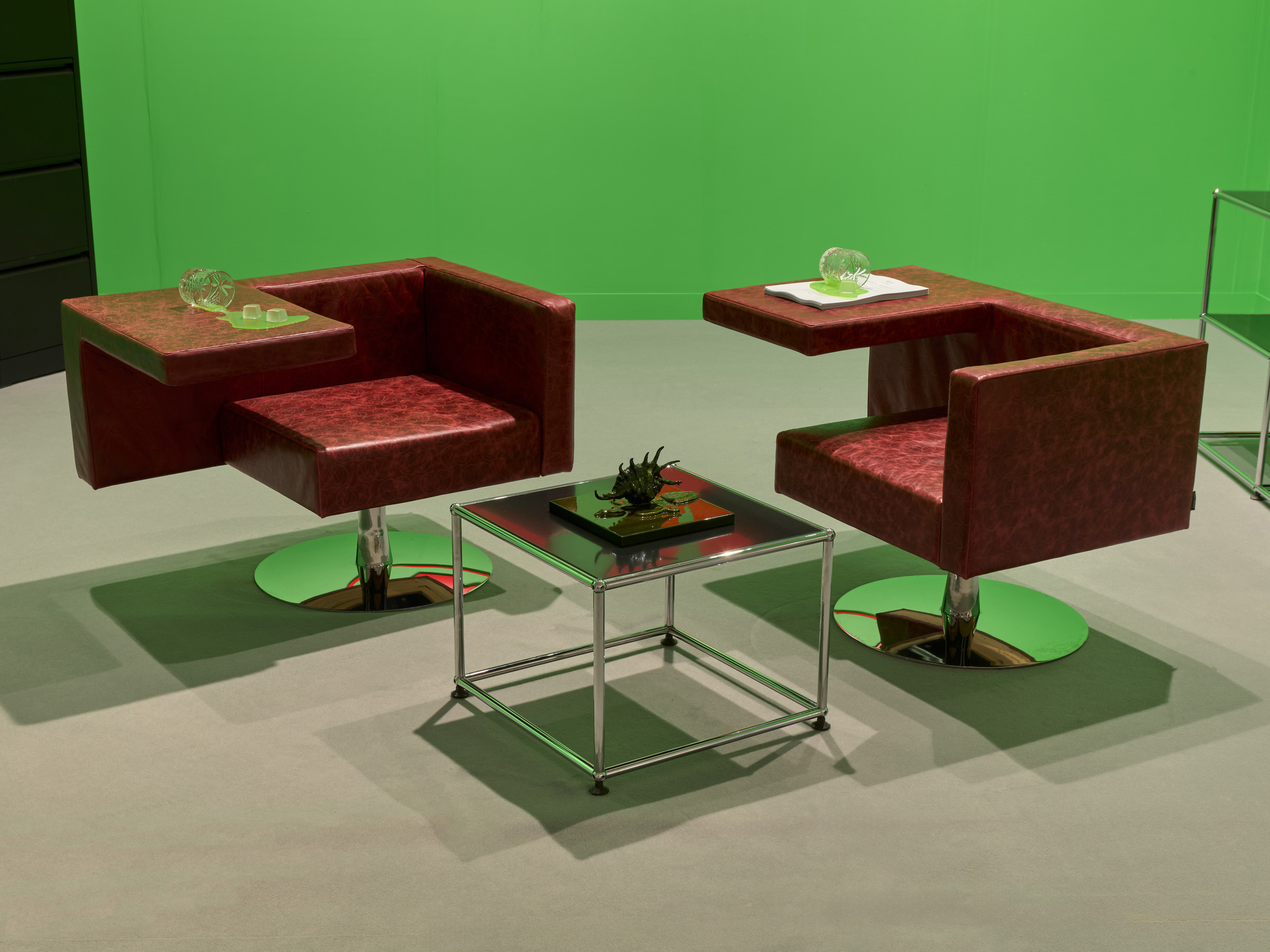 Who are the nine standout artists that shaped Frieze London 2025?
Who are the nine standout artists that shaped Frieze London 2025?Amid the hectic Frieze London schedule, many artists were showcasing extraordinary work this year. Here are our favourites
-
 María Berrío creates fantastical worlds from Japanese-paper collages in New York
María Berrío creates fantastical worlds from Japanese-paper collages in New YorkNew York-based Colombian artist María Berrío explores a love of folklore and myth in delicate and colourful works on paper